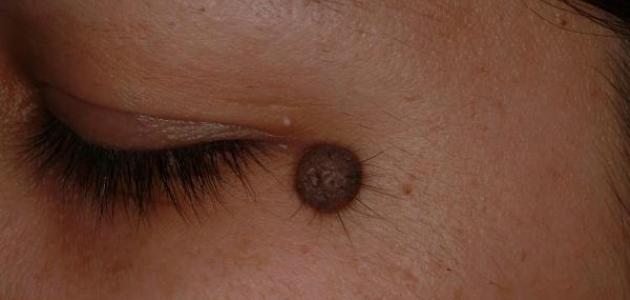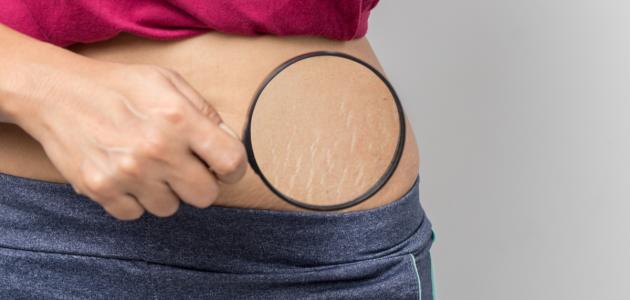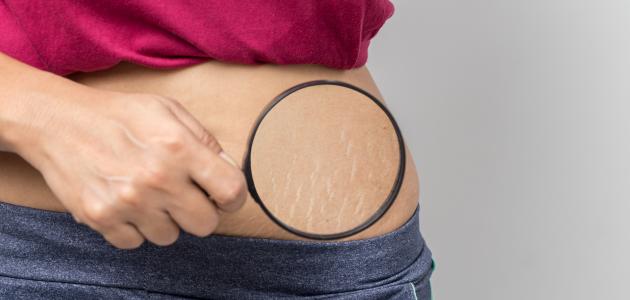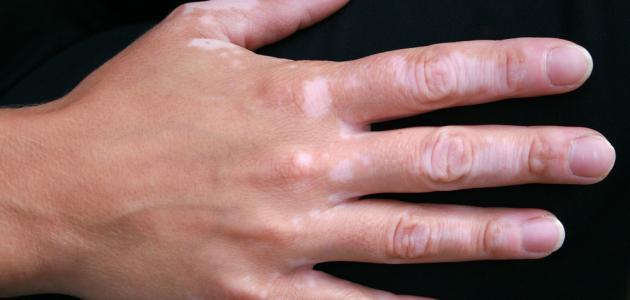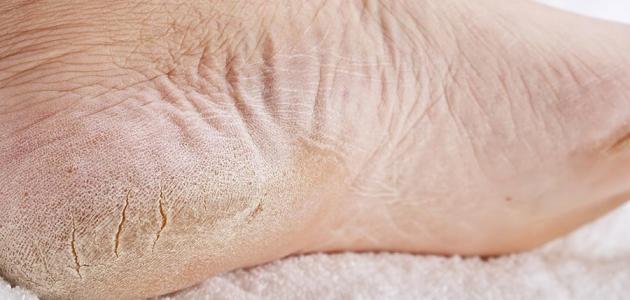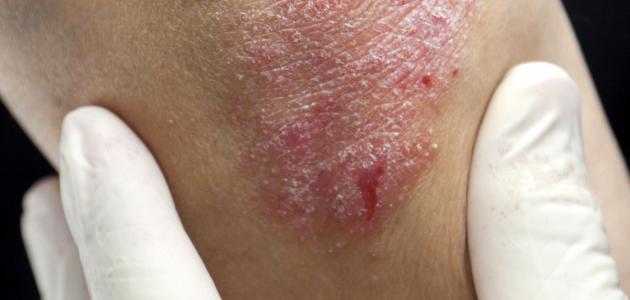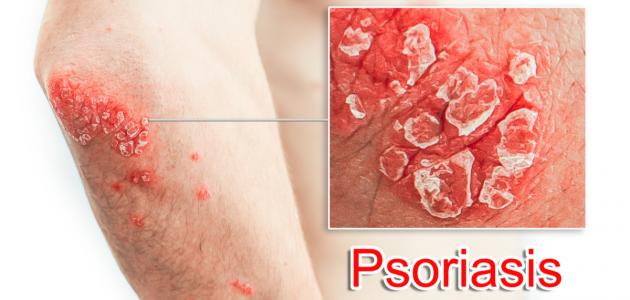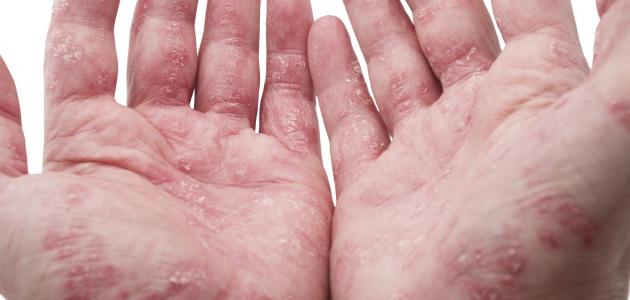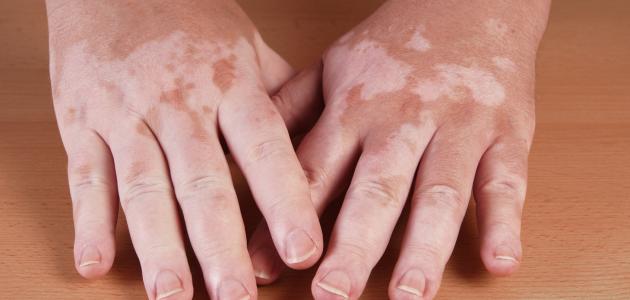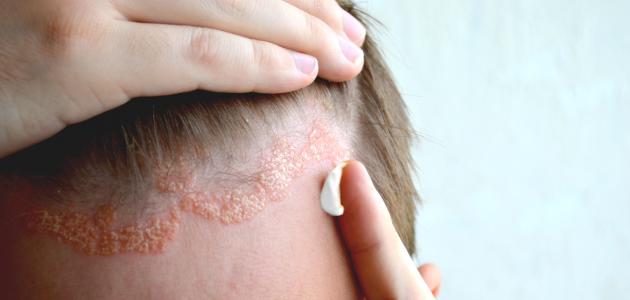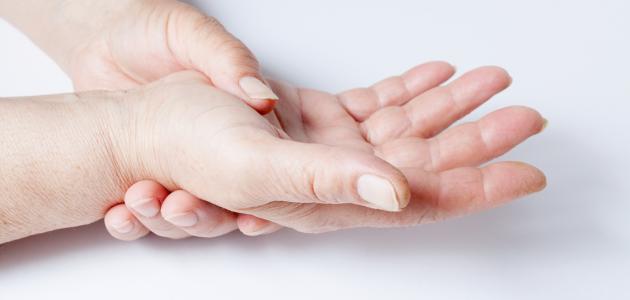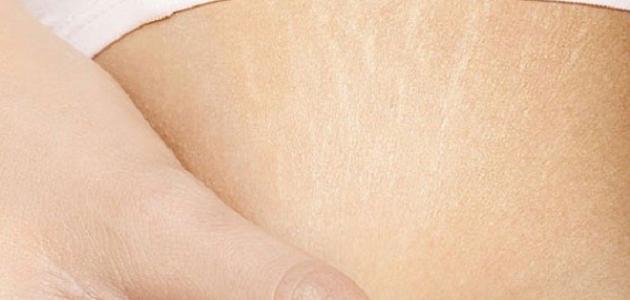Contents
Vitiligo
Vitiligo is defined as a health condition characterized by gradual pigmentation of the skin in several areas of the body, resulting in white spots appearing in different ways and shapes, and these spots may appear in all parts of the body or in specific areas on one side of the body, for example, It may also be clear and easy to distinguish for some, while it is difficult to notice it for others, as it is more pronounced for dark-skinned people due to the high contrast between the two colors compared to those with light skin, and these spots are more pronounced during the summer; This is because unaffected areas may be tanned while areas affected by vitiligo are unaffected. [1] [2]
To learn more about Vitiligo, you can read the following article: ( What is Vitiligo ) .
Diagnosis of Vitiligo
When a dermatologist suspects that a person has vitiligo, he resorts to reviewing the patient's medical and family history, in addition to conducting a clinical examination and carefully looking at the affected areas, [3] as the doctor may request clinical pictures in order to monitor vitiligo and the effect of the treatment that the patient is subjected to. [4]
The patient's medical and family history
The doctor asks the patient many questions about his family and medical history. Some of them are mentioned below: [5]
- Previously, a family member had vitiligo.
- If the patient or a family member has an autoimmune disease.
- Exposing the affected areas to previous wounds or burns, such as exposure to sunburn, or severe skin rashes .
- The person's skin is easily tanned by exposure to the sun or a burn.
- The emergence of an improvement in the affected areas without the patient undergoing any treatment, or if the condition worsens.
- The patient has undergone any previous treatment for Vitiligo.
Clinical examination
A dermatologist can diagnose vitiligo by examining the skin in most cases, and also examines any symptoms that may appear accompanying other skin diseases in order to rule out their infection, such as psoriasis , and this examination includes carefully looking at each part of the skin to try to determine the type Existing vitiligo, depending on the location of the spots, and doctors facilitate this process for people with darker skin as mentioned previously compared to people with light skin who are difficult to differentiate between the color of their skin from the affected areas of the skin, and in general, the spots of vitiligo appear differently and are more clear and accurate under radiation Ultraviolet , as it helps the doctor to separate vitiligo from other skin diseases, such as: pityriasis versicolor, in which the loss of color results from a fungal infectionFor this, the doctor uses a tool called Wood's lamp, which radiates ultraviolet rays, and for the examination, the patient is placed in a dark room and the rays emitted by the lamp are directed at his skin from a distance of 10-13 cm. [6] [5]
Biopsy
The doctor sometimes resorts to a biopsy , and this includes taking a small portion of the skin in the affected area in order to verify the presence of pigment cells in it, and if it is confirmed that there is no pigment that diagnoses vitiligo, although it may come to mind when Speaking of biopsy, cancer may occur, but the goal of biopsy is not related to trying to diagnose cancer at all, so that the chance of cancer in vitiligo is never increased compared to healthy people. [7]
Other checks
Most people with Vitiligo enjoy good health, and their sense of touch is not affected, and their skin texture is normal, despite this, the incidence of Vitiligo is higher in people with autoimmune diseases , which are diseases in which the immune system attacks the body's organs and tissues, and an example is a disease. Addison, or anemia caused by vitamin B12 deficiency, or diseases of the thyroid gland , including hypothyroidism and overactive thyroid gland, [8] and to identify diseases that may appear with vitiligo being a doctor some tests, including the following: [9]
- Examination of complete blood count, with the aim of detecting anemia, if any.
- Thyroid stimulating hormone test, with the aim of detecting an overactive thyroid gland.
- Test for antinuclear antibodies (ANA), with the aim of detecting Addison's disease, or autoimmune diseases in general.
- Wood's light, a test that uses ultraviolet light to detect skin pigmentation such as vitiligo and some types of skin cancer. [10]
References
- ↑ Dev Shah (2019-11-14), "What is vitiligo?" , Www.topdoctors.co.uk , Retrieved 2020-2-18. Edited.
- ↑ Drugs.com (2019-3-4), "Vitiligo" , www.drugs.com , Retrieved 2020-2-18. Edited.
- ↑ "VITILIGO: DIAGNOSIS AND TREATMENT" , www.aad.org , Retrieved 2020-2-18. Edited.
- ↑ "Vitiligo" , skinsupport.org.uk , 2019-12, Retrieved 2020-2-18. Edited.
- ^ A b "Vitiligo" , Www.nhs.uk , 2019-11-5, Retrieved 2020-2-18. Edited.
- ↑ Moira Lawler (1-10-2018), “Everything to Know About How Doctors Diagnose and Treat Vitiligo , ” www.everydayhealth.com , Retrieved 2020-2-18. Edited.
- ↑ "Vitiligo" , kidshealth.org , Retrieved 2020-2-18. Edited.
- ↑ "Vitiligo Signs & Symptoms" , www.avrf.org , Retrieved 2020-2-18. Edited.
- ↑ "Vitiligo" , medbroadcast.com , Retrieved 2020-2-18. Edited.
- ↑ "Wood's lamp examination" , www.mountsinai.org , Retrieved 19-3-2020. Edited.

